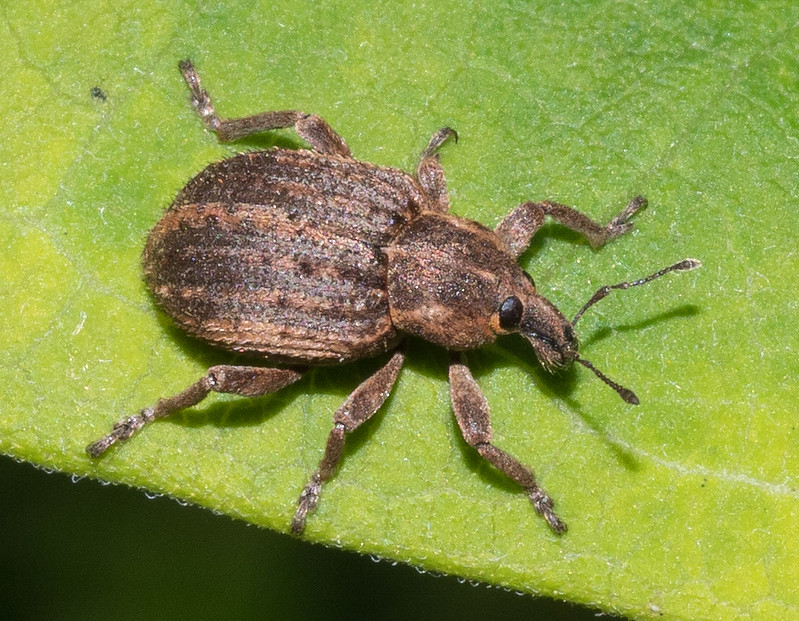Clover Weevils

Scientific Name
Sitona lepidus
Description
Clover Weevils are small beetles that feed on clover leaves and stems, causing notching and significant defoliation in clover stands. Their feeding can weaken plants and reduce forage quality.
Characteristics
These weevils are characterized by a small, elongated body and a pronounced snout. Their feeding damage is visible as irregular notches and ragged edges on clover leaves, which can lead to diminished plant vigor.
Control Methods
- Organic sprays: Apply organic insecticides like neem oil or insecticidal soap during high infestation periods to reduce weevil populations without affecting beneficial organisms.
- Cultural practices: Practice crop rotation and manage clover stands to avoid over-fertilization, which can increase susceptibility. Remove heavily infested plant material to reduce weevil numbers.
- Preventive methods: Monitor clover stands regularly and maintain plant health through proper watering and balanced fertilization to deter weevil infestations.
- Biological controls: Encourage natural predators such as parasitic wasps, ground beetles, and insectivorous birds that feed on weevils.
- Mechanical physical: Use physical barriers where possible and deploy sticky traps to capture adult weevils during peak activity.
Natural Enemies
- Parasitic Wasps
- Ground Beetles
- Insectivorous Birds
Plants Affected by Clover Weevils
No associated plants found for this pest.